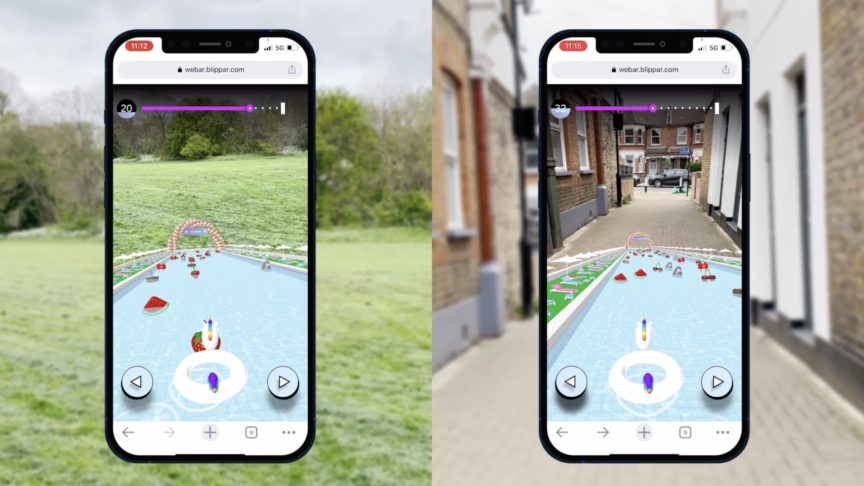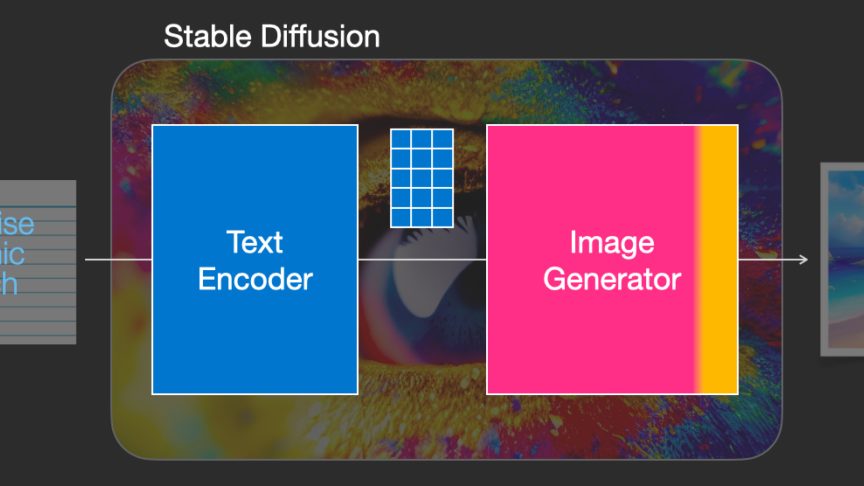What is Computer Vision? - Part 4: Human v.s Computer Vision
August 15, 2016
What is Computer Vision? - Part 4: Human v.s Computer Vision

This is the fourth in a series of posts on computer vision for non-technical people. The first couple of posts looked at human vision specifically, as a foundation. The third post started the process of comparing human and computer vision and this post continues this comparison.
One key difference is in how human and computer vision technology transmit signal. In humans, this happens through a chain of chemical events involving sodium and potassium ions. In computer vision the signal is transmitted through electric impulses. This difference makes computer vision transmission much faster than human vision, and is one of the reasons why in the future Maverick, and all other fighter pilots, will be AIs.

When it comes to actually processing the signal, there’s one important similarity: in both human and computer vision technology, the signal is understood through comparison with a set of references. Human and computer vision systems then evaluate whether it’s sufficiently similar to be another example of the same thing.
You don’t have to be a giraffe expert for your brain to recognize that all the patterns below are variations on the same theme.

A second key difference is in where the interpretation takes place. In computer vision, the sensors which capture light don’t do any of the interpretation. But weirdly in human vision the first stages of interpretation take place on the retina. Colour and edge detection happen through ganglion cells on the retina.
And a final, trippy difference: the human brain is deeply wired for vision, to an extent which is not true at the moment in computer vision technology. Some amazing experiments have shown that people who are medically blind can navigate around objects without seeing them.

This phenomenon is known as blindsight. The explanation is that even when a blind person’s visual processing systems don’t work, the attention-directing can still get a feed from the retina. So while the visual processing part of the brain doesn’t think it’s processing anything, the attention-directing part of the brain knows something is there. The fact that human vision can work even for people with profoundly impaired visual systems shows how interconnected vision is with the wider workings of the brain.
While computer vision technologies have no equivalent of blindsight, there is a parallel. Blind humans, in addition to keeping some visual function, can also 'rewire' parts of the unused brain for other tasks. This suggests there is a general learning mechanism in the brain. Similarly, the deep leaning systems used in many computer vision technologies can often be re-used for other recognition tasks such as speech recognition without major changes in the algorithm.

Summarizing these two posts comparing human and computer vision: while there are a number of similarities in terms of very high level structure and objectives, there are many differences. These differences range from biases to fields of view, from types of sensor to how signal is transmitted. Maybe the biggest difference is pervasiveness. While computer vision is making great strides and growing very fast, still most computation has nothing to do with computer vision! On the other hand the human brain is deeply wired for vision, to an extent that can lead to truly weird phenomena like blindsight.
Hopefully these first few posts have established a foundational understanding. In the next post we’re going to look back to the very early days of computer vision, how it developed over time, and why the field has started to take off in the last couple of years.
If you'd like to learn more, please contact us via this form. We'd love to hear from you.
In case you missed them, here are parts 1 , 2 and 3 of this series around Computer Vision



